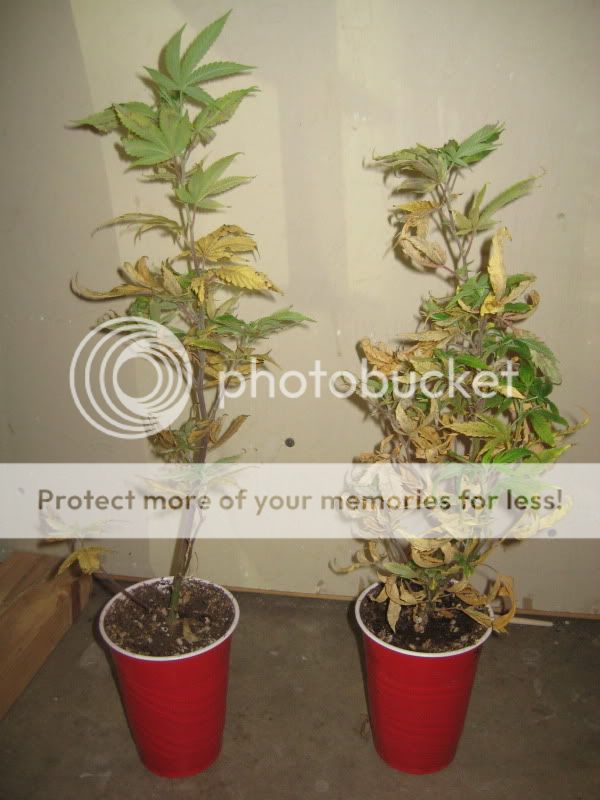There is no questioning the existence of the root-bound condition. Many growers plants survive in root-bound conditions because most growers grow in pots that are too small. The growers just never realize it because cannabis plants are tough so unless the condition becomes severe they do not experience major problems. But their final outcome would be better if they used larger pots .. and they don't need to start in party cup and then move them into small pots and then into medium pots and then into large pots. They can start their seedlings out in the largest sized pot they will be using and never re-pot. All the myths about that not being good and needing to start small and re-pot are just that, myths.
I never use pots that are smaller than 5-gallon pots and most times when growing indoors I used 7-gallon pots and when I grow on my deck I use 15-gallon pots and larger.
Healthy plants will have a 50/50 ratio of above soil growth and below soil growth. The above soil growth will of course be stem and branches and leaves and look very different than roots, but in volume, there will be as much below the soil as there will be above the soil. If you do not give your plants enough room for roots for that to occur, and that is without major pot circling and intertwining, your plants will never be as healthy as they could be or produce as well as they could produce regardless of how well they may appear to you to be doing and producing.
When it comes to re-potting you do not have to break up the soil of the old root-ball. All you need to do is take something like a razor knife, or a VERY sharp knife, and score/cut the old root-ball about an inch or do deep up and down the sides of the root-ball and across the bottom of the root-ball. The cut roots will push out new roots into the fresh soil.
If your plants are in some terrible soil that really should be totally or as close to totally replaced unless you have a major case of root-bound condition you can do a bare root transplant. You remove your plants from their pots and use a hose to wash away the old soil. If you have to do it all inside and can't use a hose you can use something like a 5-gallon bucket and almost fill it with water and repeatedly dip the root-ball into the water and that will remove at least a large potion of the old soil.
If you can gently separate the roots, without handling them much and in doing so damaging lots of tiny root-hairs it would be best to untangle them the best you can so when you put them into the new larger pots and add soil you will be able to get new soil between the roots and not have air pockets.
You can push down lightly on the new soil but after any type of re-potting it is best to water heavily, and of course allow it to drain well, but by watering heavily it will settle the soil making sure there are no air pockets and you are able to do that without pressing down on the soil hard and by doing so damaging roots or packing the soil too tightly.

